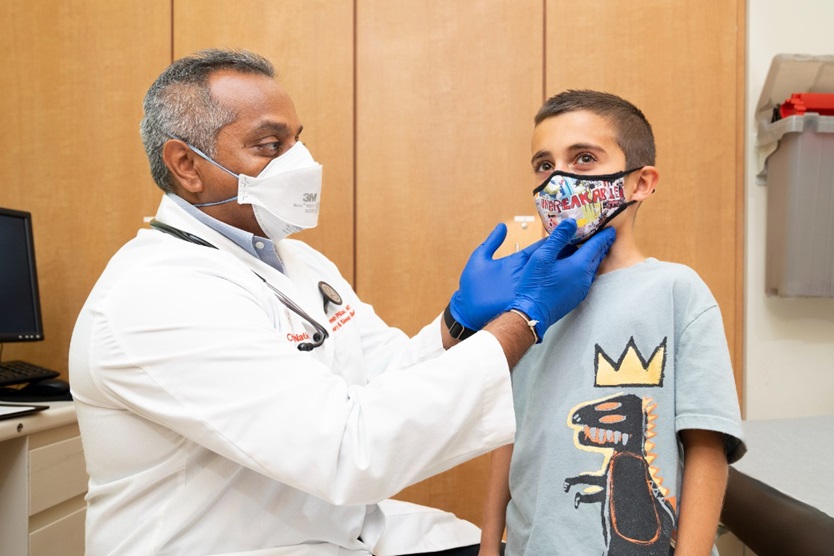Condition
Pediatric Extra-Esophageal Reflux Disease
What is extra-esophageal reflux disease?
Extra-esophageal reflux disease (EERD) is like gastroesophageal reflux disease (GERD) but the symptoms appear outside the stomach and esophagus. Patients with EERD often do not have spitting up, heartburn or other signs of reflux disease so the diagnosis can be difficult to make.
Symptoms of EERD include cough, exacerbation of asthma, difficulty swallowing, sensation of a lump in the throat, hoarseness and even chronic nasal congestion.
How is extra-esophageal reflux disease in children diagnosed?
The diagnosis of EERD is best made by endoscopy where the stomach and esophagus are examined with a fiberoptic telescope or by a pH/impedance study where a small probe is place through the nose and into the esophagus to record reflux events over a sixteen hour period. Oftentimes, an anti-reflux medication is offered instead of completing a diagnostic study.
Judging the response to this “empiric” use of anti-reflux medication can be diagnostic of EERD.
How is extra-esophageal reflux disease in children treated?
Diet, lifestyle modifications and medications are available to treat reflux disease. In very rare cases, medications are not effective and surgical tightening of the sphincter of the esophagus (fundoplication) is necessary.
Providers Who Treat Extra-Esophageal Reflux Disease
 Aasha's Rare Gift Will Help Other Babies Grow up Healthy
Aasha's Rare Gift Will Help Other Babies Grow up HealthyTesting the descrption field
Departments that Treat Extra-Esophageal Reflux Disease

Pediatric Aerodigestive Clinic
Our Aerodigestive Clinic provide specialized care for children with airway problems and feeding disorders.




